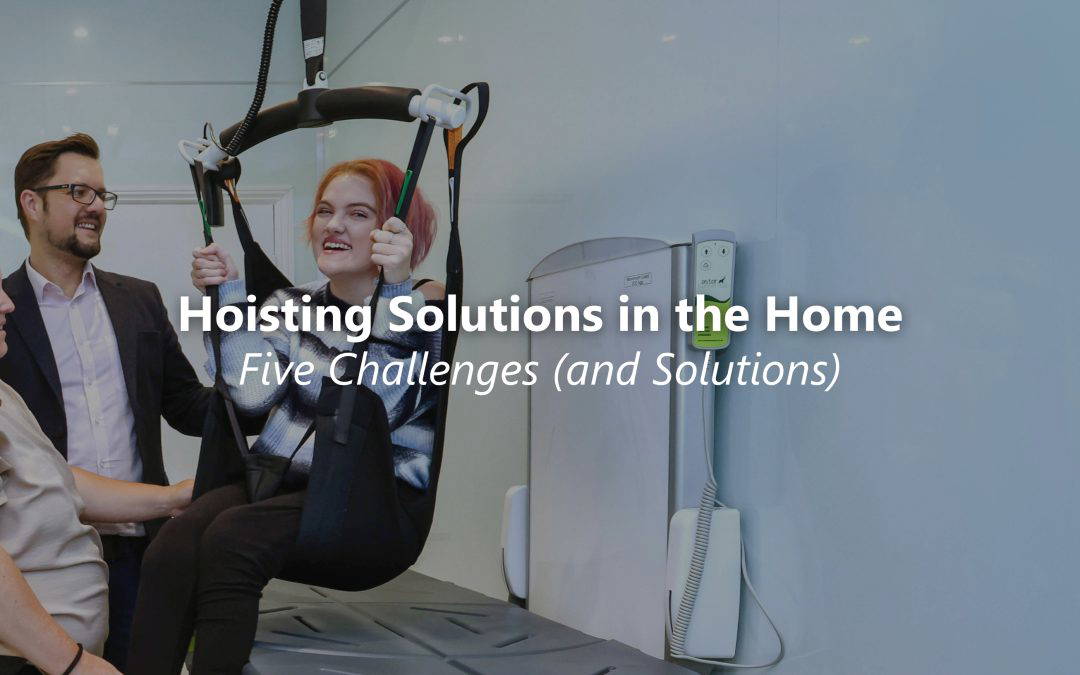Common Challenges in Home Hoist Installations
1. Space and Structural Limitations
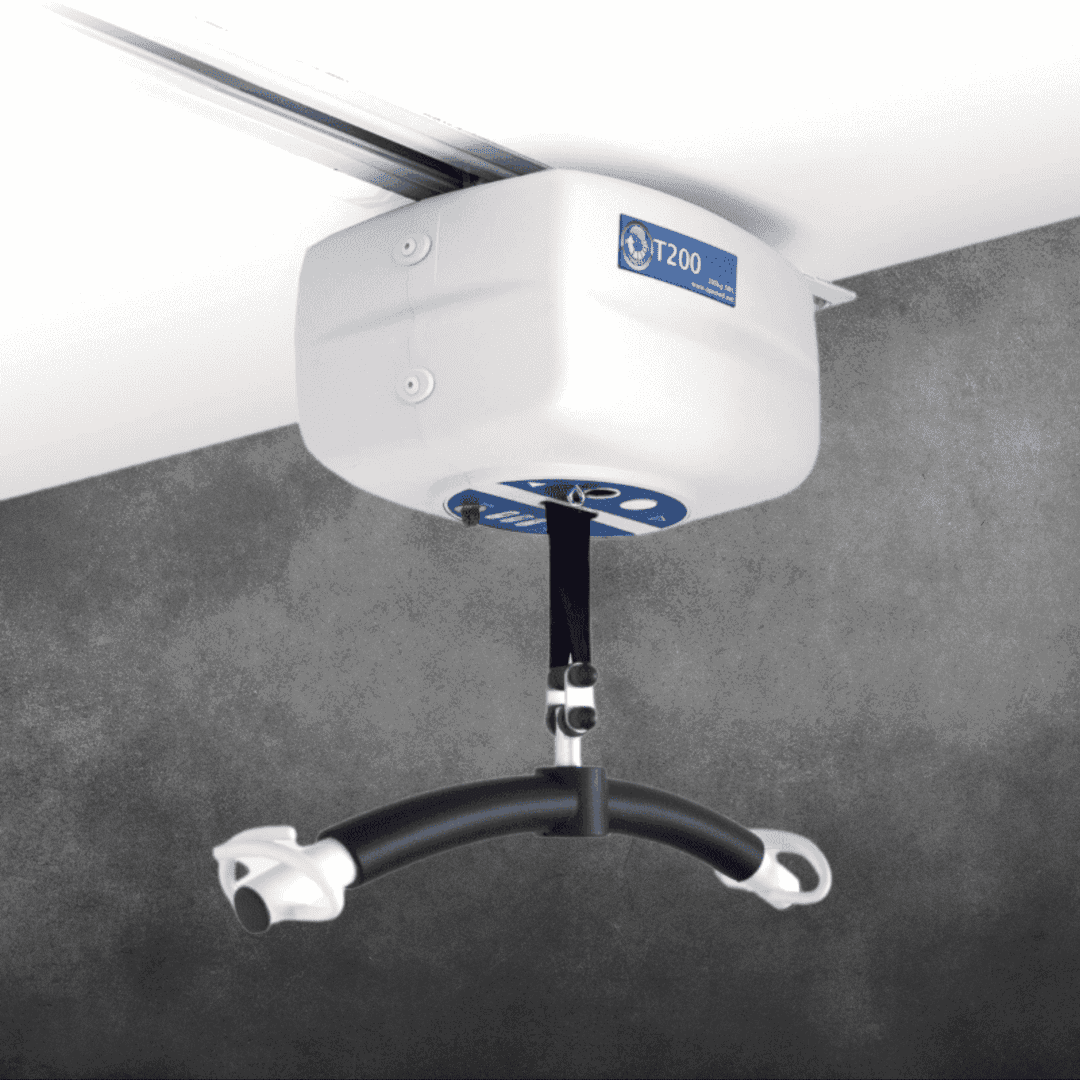
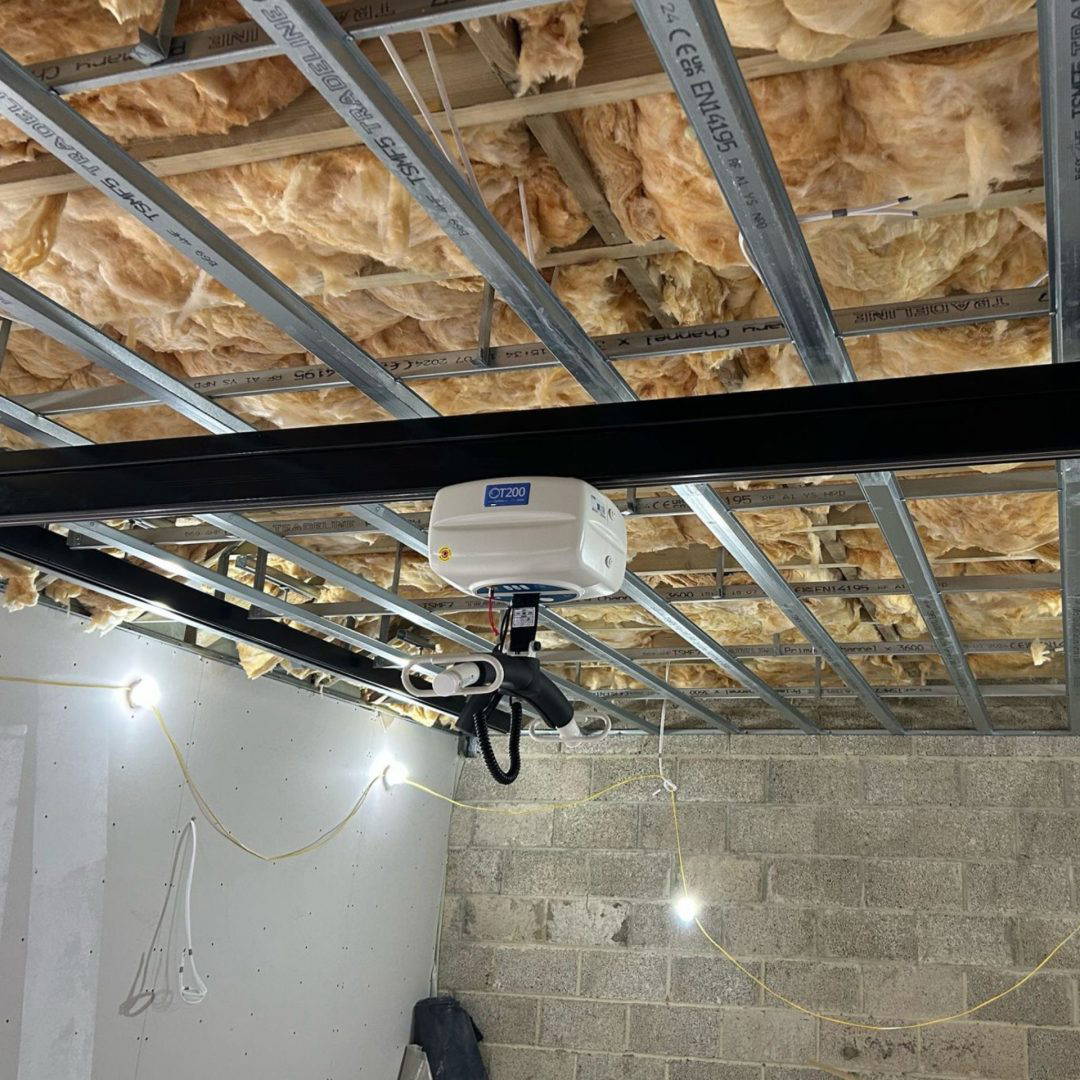
2. Choosing the Right Type of Hoist
Straight Ceiling Track Hoists
XY (H-frame) systems for full-room access
Portable/mobile hoists where structural or budget constraints are a factor
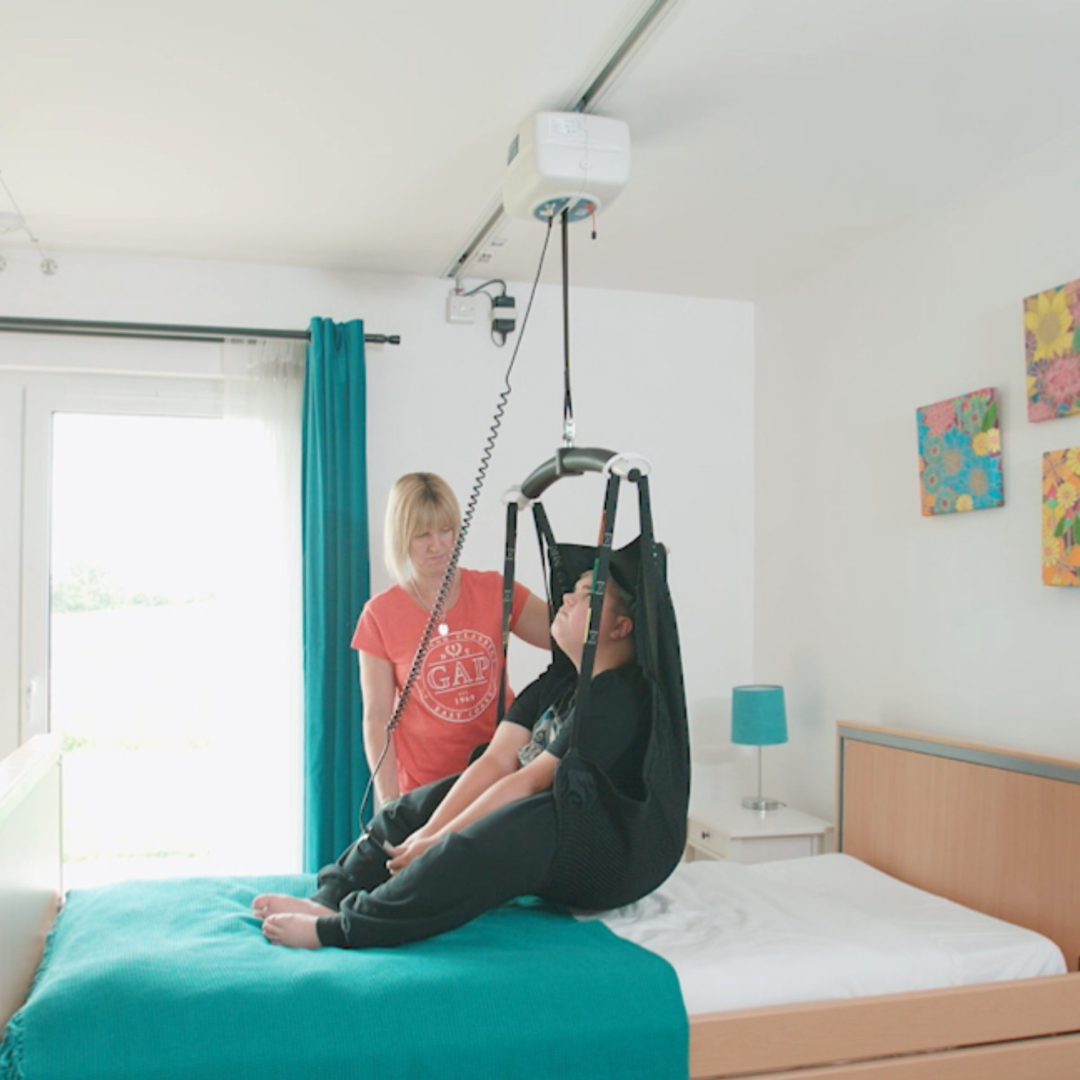
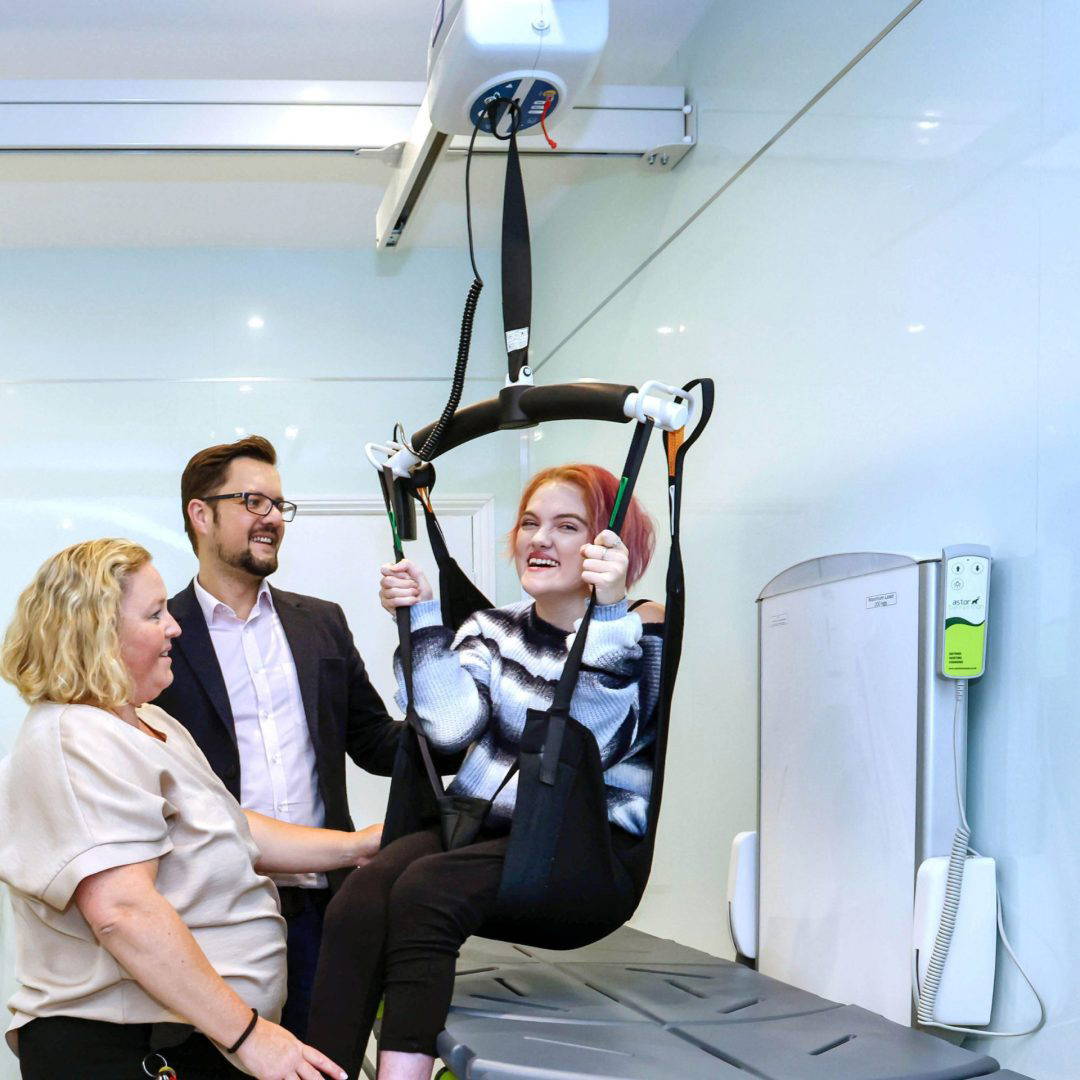

3. Working Around Daily Life

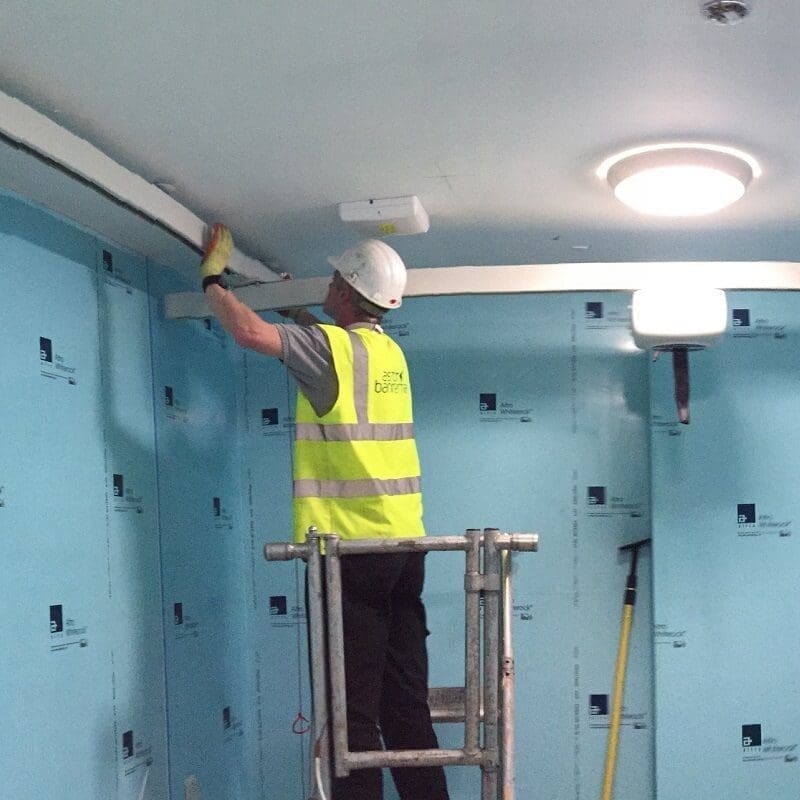
4. Safety, Independence, and Long-Term Planning
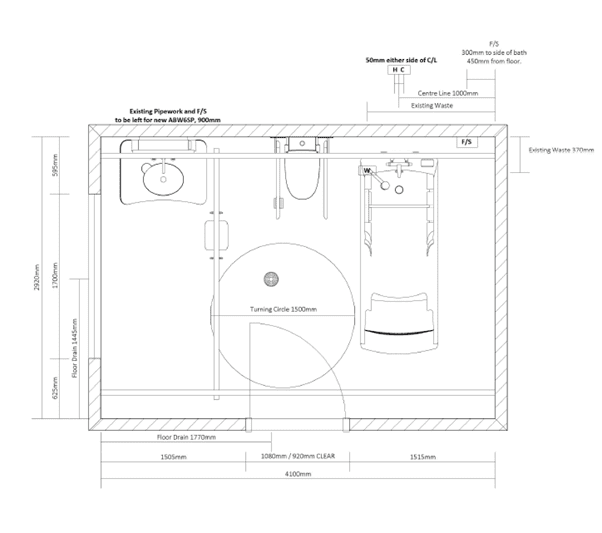
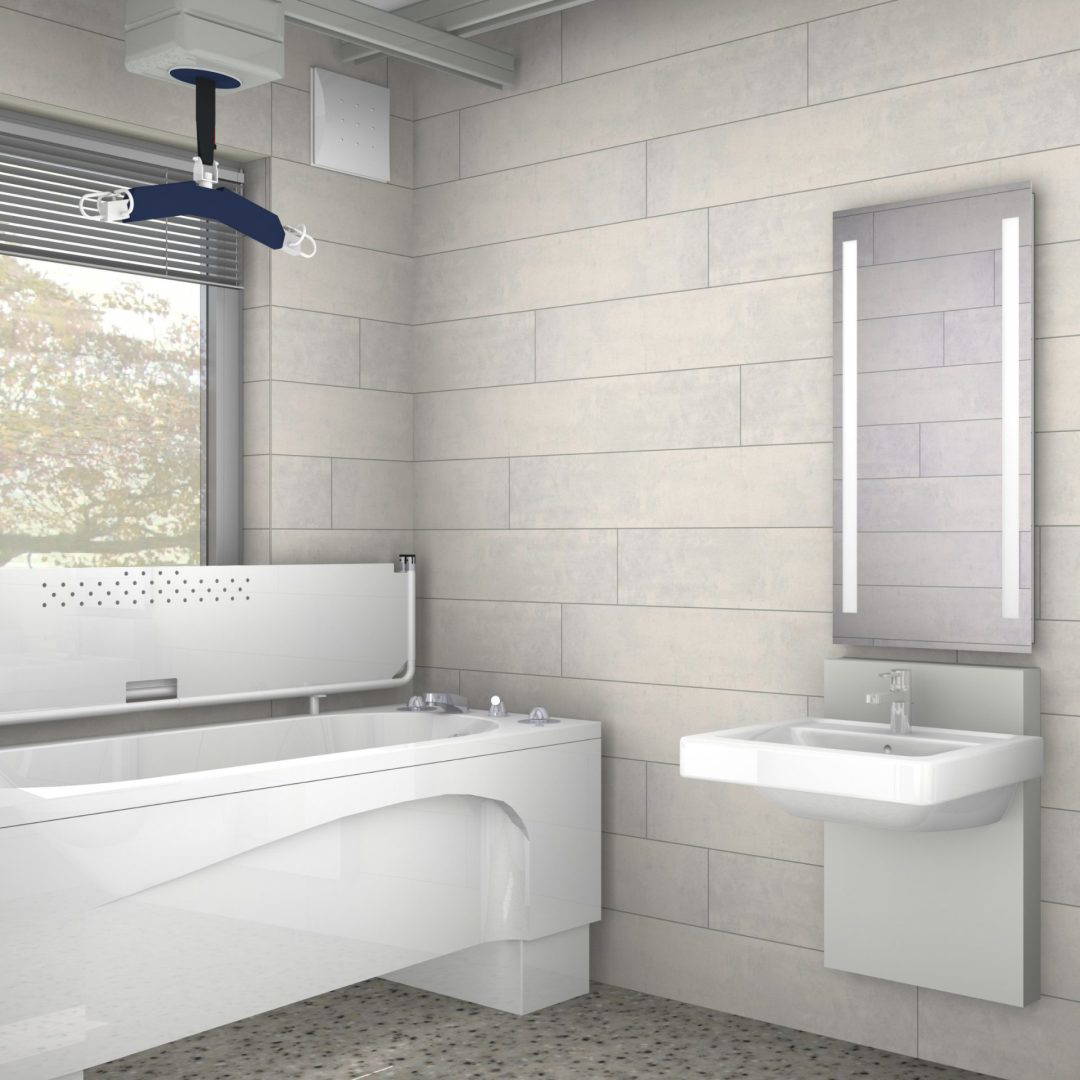
5. Creating Personalised Solutions
Conclusion
Installing hoisting systems in the home is about more than equipment – it’s about improving quality of life. The right system, thoughtfully specified and expertly installed, can make a world of difference.
At Astor Bannerman, we bring years of experience, specialist knowledge, and a collaborative approach to help families create safe, supportive spaces that meet their needs – now and in the future.
Contact us today to find out how we can help with your project.

